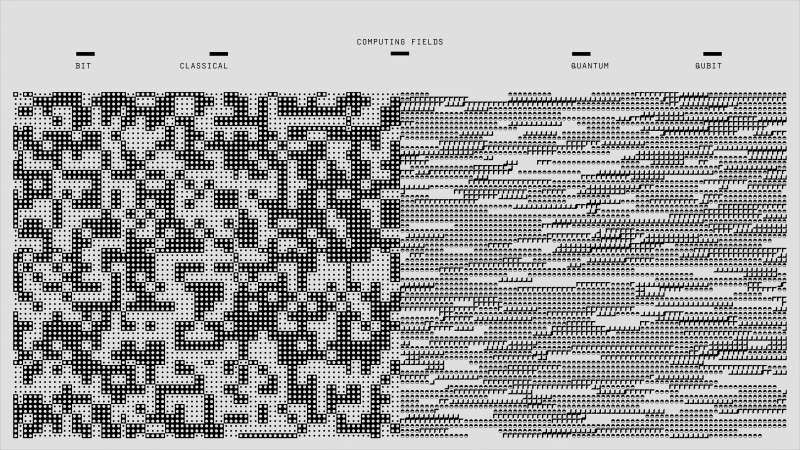Tools and Techniques for Project Progress Tracking and Task Management
Published on: May 5, 2025
The Importance of Effective Project Management
Managing a project effectively is crucial for its success. It involves careful planning, organizing, and controlling resources to achieve specific goals. A project is a temporary endeavor with a defined start and end, scope, and assigned resources.
One of the essential elements of project management is the usage of management tools. These tools can significantly help with the organization and tracking of tasks, time management, team management, and overall project progress. They can be as simple as to-do lists or as complex as full-fledged project management software.
Project Management Tools
There are various management project tools available in the market today. They are designed to assist in the planning, executing, controlling, and closing of projects. These tools can be specific software or methodologies used by project managers and the project team to deliver projects within the constraints of scope, time, and budget.
The benefits of using management tools can be seen in many ways. They help to streamline the project management process, improve communication and collaboration within the team, manage risks, and keep track of project progress. They also provide a visual overview of the project, making it easier to understand and manage.
Among these tools, some of the most popular include Kanban boards, Gantt charts, and project management software such as Asana, Trello, and JIRA. Each has its own strengths and is suited to different types of projects and teams.
| Tool | Description | Best For |
|---|---|---|
| Kanban Board | A visual tool that enables teams to manage their work and visualize workflow. Each task is represented by a card that moves from one column to another as it progresses. | Teams that require flexibility and adaptability. |
| Gantt Chart | A horizontal bar chart that visually represents a project timeline, showing tasks, their dependencies, and progress. | Projects with a set timeline and sequence of tasks. |
| Asana | A project management software that helps teams organize, track, and manage their work. | Teams of any size. |
| Trello | A collaboration tool that organizes projects into boards, lists, and cards for easy tracking. | Small to medium-sized teams. |
| JIRA | A software development tool used by agile teams to plan, track, and release software. | Software development teams. |
Workforce Management
Workforce management is another critical aspect of project management. It involves all the activities needed to maintain a productive workforce such as hr management, employee onboarding, scheduling, forecasting, and real-time adjustments. A workforce management system can help a company ensure that the right employees are in the right place at the right time, effectively reducing labor costs and improving customer service.
Some of the popular workforce management systems include Kronos, Workforce Software, and SAP. These systems offer a wide range of features such as time and attendance tracking, labor forecasting, employee scheduling, hr onboarding systems, and more.
By using these systems, companies can streamline their hr management processes, improve productivity, and enhance employee satisfaction. They can also help with compliance with labor laws and regulations, reducing the risk of costly penalties and lawsuits.
In conclusion, effective project and workforce management are crucial for the success of any project. By leveraging the right tools and systems, companies can streamline their processes, improve productivity, and ensure the successful delivery of their projects. Whether your team is small or large, there is a tool or system out there that can help you manage your projects and workforce effectively.
Remember, the key to successful project management is not just about using the right tools but also about having a clear understanding of the project's goals, clear communication with the team, and effective leadership.









